
Colored artworks
The work of color is central in any artistic work. It is even one of the first tools of the artist. It is difficult to imagine a work that would exist without the working of color - even if it is the absence of color that the artist chooses to present.
Through the ages and artistic movements, the use and meaning attributed to color evolves, but the essence of color remains the same. Every artist must master the properties of color in order to control his composition. In the restoration of paintings, color even becomes a science, because it is necessary to know the different molecules to find the colors and mixtures originally used by the artist.
In the history of art, the importance of color fluctuates according to periods and geographical areas. During the Italian Renaissance, for example, there was a debate (called Paragone) between the authority of color versus drawing: according to the schools, it is the color, and not the line, that creates the emotion and visual power of a work of art. The colors thus take on an immense importance, and assume certain meanings: white symbolizes purity for example, and blue (systematically used to clothe the Virgin Mary) is associated with divinity. These symbols are not thought of randomly: the purple for example, is used since the Byzantine era to signify the highest rank of royalty. Unlike ochre, the purple pigment came from a specific shell, and was extremely difficult - and therefore rare, and expensive - to obtain.
More generally, colors can be divided into three categories: warm, cool, and neutral. As their name implies, these classes of colors give off an atmosphere that the painter can use to influence the emotion of his work. Baroque art, for example, manipulates the contrasts between warm and cold colors to capture the power of bodies. The play of light is exalted by the effects of color. For a long time, the traditional Western school of painting required painters to reproduce the colors of the environment around them. It was the Impressionists, in the 19th century, who explored other ways of seeing - and therefore of transcribing on canvas - their chromatic environment. By avoiding complex mixtures and painting spontaneously, in the open air, the Impressionists reinvented the use of color to reproduce reality.
It was not until abstract and subjective painting that art devoted itself to color as a subject. Mark Rothko, precursor of the Colorfield Painting movement and of abstract expressionism, sees in his paintings a living organism whose color is human and whose format is transcendent. Piet Mondrian, on the other hand, sought in his paintings to approach the very essence of nature through the purity of primary colors, to achieve abstraction. The founder of the Russian avant-garde movement of Suprematism, Kasimir Malevich, will disturb the senses of everyone with his work "White square on white background", in which the color is painted only for itself. Contemporary art, photography, collage, or pop art also use in their respective ways the resources of color, exploring indefinitely all its pluralities. As Picasso said, "When I have no blue, I use red."
Artsper writes art in color: discover below a great selection of works that honor color and its properties. What better way to brighten up an interior?
Save your search and find it in your favorites
Save your search to find it quickly
Saved search
Your search is accessible from the favorites tab > My favorite searches
Unsaved search
A problem occurred






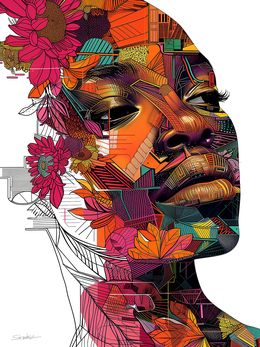
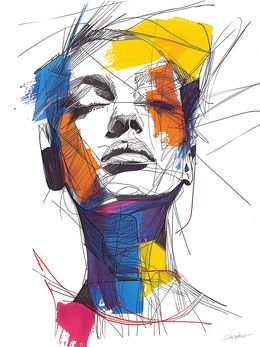

Le regard rose
Jéko
Fine Art Drawings - 29.7 x 21 x 0.2 cm Fine Art Drawings - 11.7 x 8.3 x 0.1 inch
€600

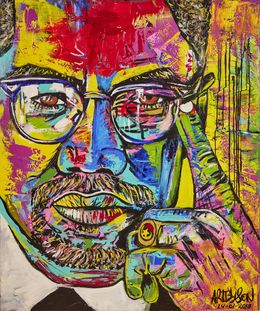



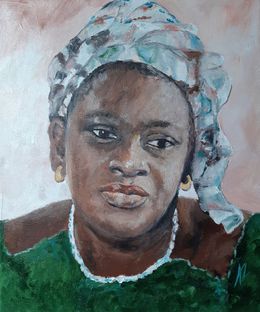


The Catalyst for Blossoming
Thandiwe Muriu
Photography - 90 x 60 x 0.1 cm Photography - 35.4 x 23.6 x 0 inch
€10,000





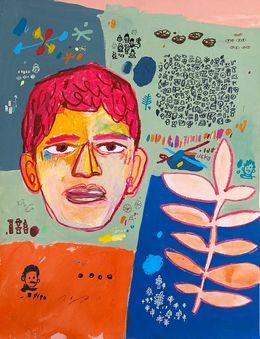
Les couleurs des fleurs d'été
Jéko
Painting - 65 x 50 x 0.2 cm Painting - 25.6 x 19.7 x 0.1 inch
€1,200

L. Portrait intervened by the artists.
Hunter & Gatti
Photography - 74.9 x 59.9 x 0.3 cm Photography - 29.5 x 23.6 x 0.1 inch
€3,201

LV, Portrait intervened by the artists.
Hunter & Gatti
Photography - 52.3 x 39.9 x 0.3 cm Photography - 20.6 x 15.7 x 0.1 inch
€2,744


Virginia’s Echo - A tribute to Virginia Woolf
Sephora Venites
Print - 81.3 x 58.4 x 0.3 cm Print - 32 x 23 x 0.1 inch
€2,430

The Contemplative Fragment
Sephora Venites
Print - 106.7 x 69.9 x 0.3 cm Print - 42 x 27.5 x 0.1 inch
€2,430


Fractured Poetry in Blue
Sephora Venites
Print - 96.5 x 69.9 x 0.3 cm Print - 38 x 27.5 x 0.1 inch
€2,430

Paper Mask of a Dreamer
Sephora Venites
Print - 96.5 x 68.6 x 0.3 cm Print - 38 x 27 x 0.1 inch
€2,420

Hills, Rivers, and the Memory of Light
Sephora Venites
Print - 101.6 x 71.1 x 0.3 cm Print - 40 x 28 x 0.1 inch
€2,340

Soliloquy Under the Indigo Sky
Sephora Venites
Print - 83.8 x 58.4 x 0.3 cm Print - 33 x 23 x 0.1 inch
€2,430

Reflections of a Shattered Daydream
Sephora Venites
Print - 101.6 x 71.1 x 0.3 cm Print - 40 x 28 x 0.1 inch
€2,340

Whims of a Broken Mirror
Sephora Venites
Print - 106.7 x 76.2 x 0.3 cm Print - 42 x 30 x 0.1 inch
€2,360









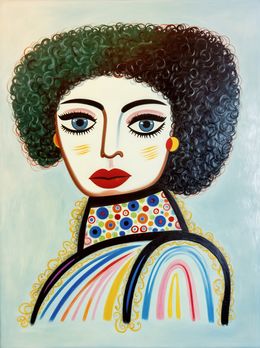
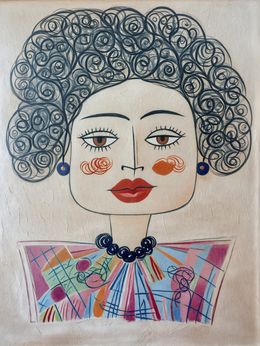

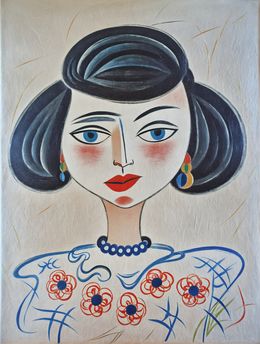
The Florilegium of Memory
Sephora Venites
Print - 101.6 x 76.2 x 0.3 cm Print - 40 x 30 x 0.1 inch
€2,330

The Algorithm of Grace
Sephora Venites
Print - 101.6 x 76.2 x 0.3 cm Print - 40 x 30 x 0.1 inch
€2,340
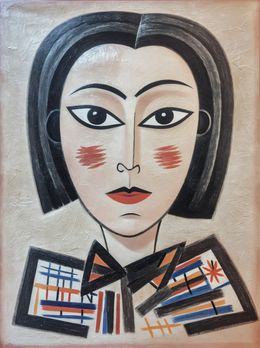
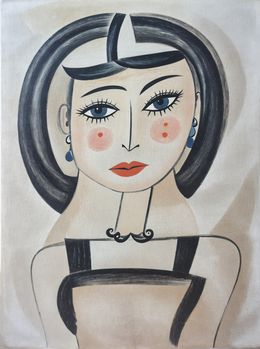
The Interplay of Symmetry
Sephora Venites
Print - 101.6 x 76.2 x 0.3 cm Print - 40 x 30 x 0.1 inch
€2,340
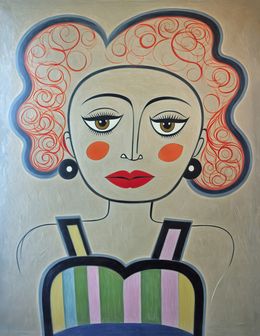
The Serenade of Colors
Sephora Venites
Print - 101.6 x 76.2 x 0.3 cm Print - 40 x 30 x 0.1 inch
€2,340

The Harlequin Oracle
Sephora Venites
Print - 101.6 x 71.1 x 0.3 cm Print - 40 x 28 x 0.1 inch
€2,320

The Vision in Fragments
Sephora Venites
Print - 83.8 x 58.4 x 0.3 cm Print - 33 x 23 x 0.1 inch
€2,320
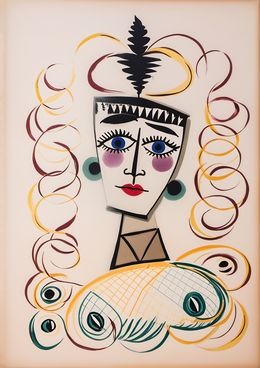



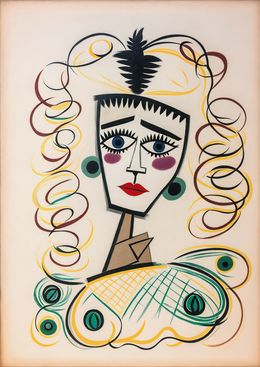
The Architect of Intrigues
Sephora Venites
Print - 106.7 x 73.7 x 0.3 cm Print - 42 x 29 x 0.1 inch
€2,340



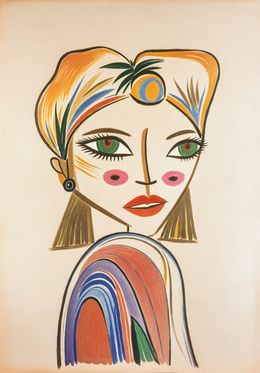
The Cartographer of Dreams
Sephora Venites
Print - 101.6 x 71.1 x 0.3 cm Print - 40 x 28 x 0.1 inch
€2,350
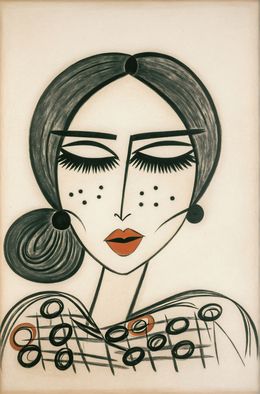
The Aria of Silence — a tribute to Maria Callas
Sephora Venites
Print - 101.6 x 66 x 0.3 cm Print - 40 x 26 x 0.1 inch
€2,350
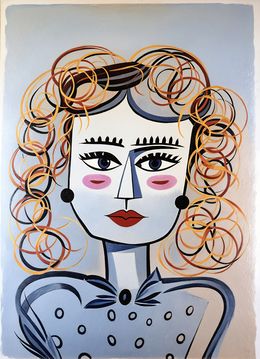
The Architect of Reverie – A Tribute to Eileen Gray
Sephora Venites
Print - 101.6 x 73.7 x 0.3 cm Print - 40 x 29 x 0.1 inch
€2,350
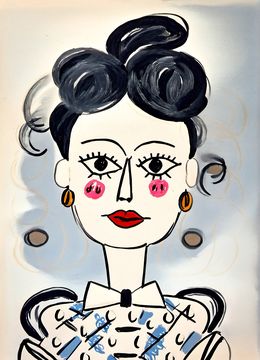
The Algorithm of Grace – A Tribute to Ada Lovelace
Sephora Venites
Print - 81.3 x 58.4 x 0.3 cm Print - 32 x 23 x 0.1 inch
€2,450
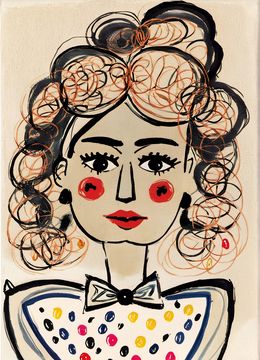
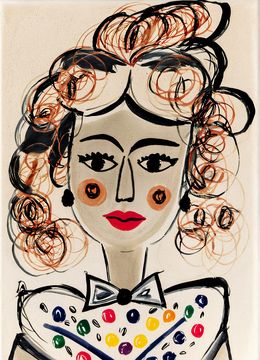

Sophie’s Geometric Waltz
Sephora Venites
Print - 81.3 x 58.4 x 0.3 cm Print - 32 x 23 x 0.1 inch
€2,450
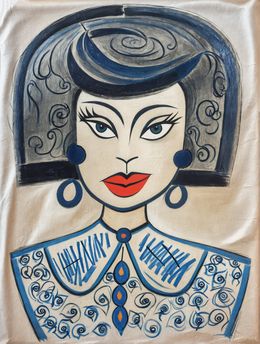
The Archivist of Whispers
Sephora Venites
Print - 101.6 x 76.2 x 0.3 cm Print - 40 x 30 x 0.1 inch
€2,450
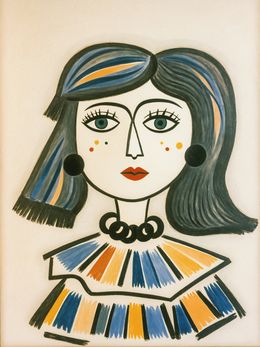
The Harmonist of Echoes
Sephora Venites
Print - 101.6 x 76.2 x 0.3 cm Print - 40 x 30 x 0.1 inch
€2,350
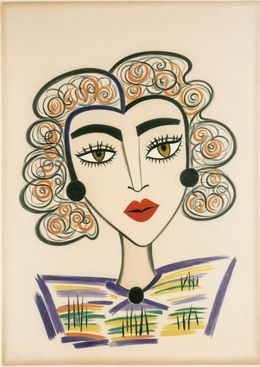
The Weaver of Contrasts
Sephora Venites
Print - 101.6 x 71.1 x 0.3 cm Print - 40 x 28 x 0.1 inch
€2,350

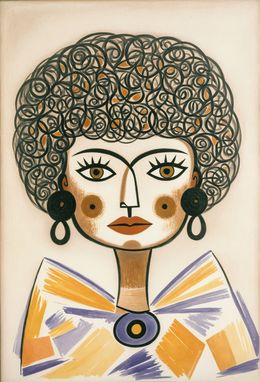
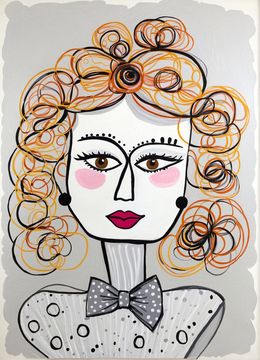
Elsa’s Shocking Polka
Sephora Venites
Print - 88.9 x 63.5 x 0.3 cm Print - 35 x 25 x 0.1 inch
€2,450
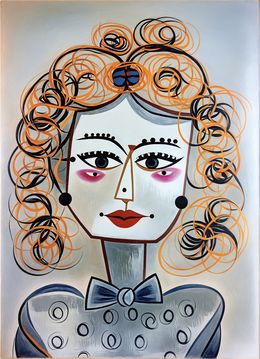
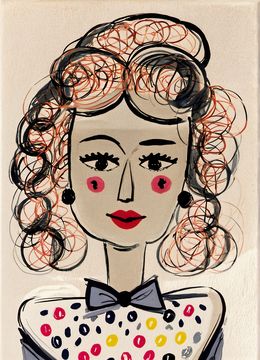
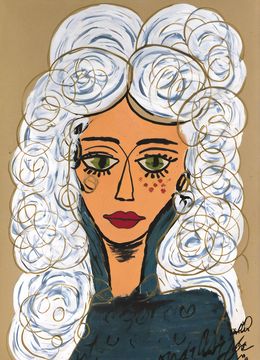
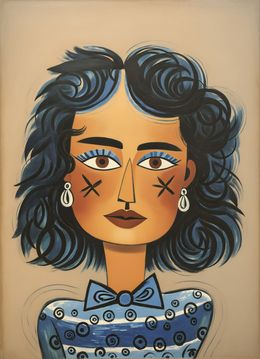
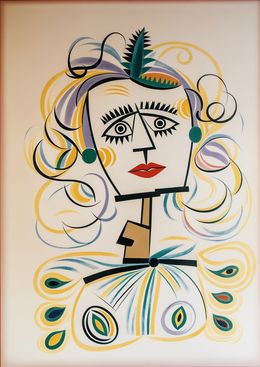
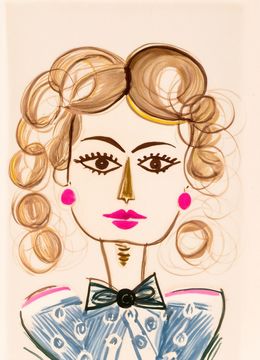
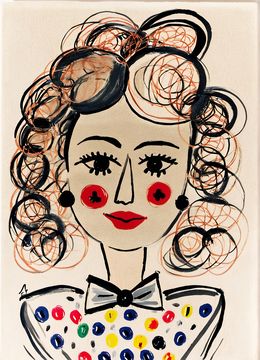
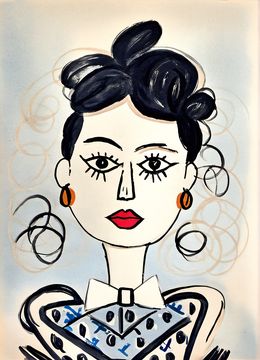
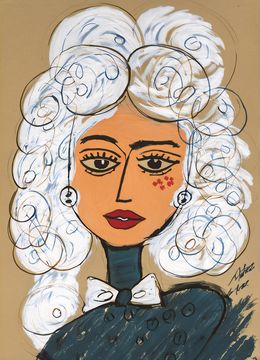
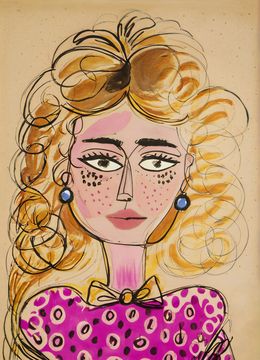
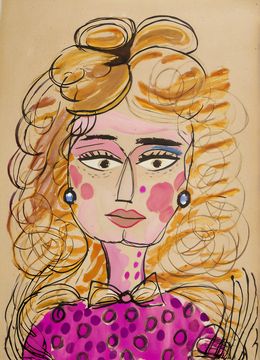
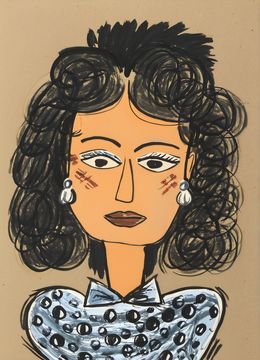
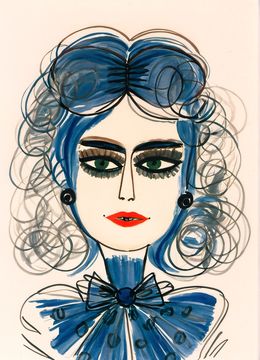
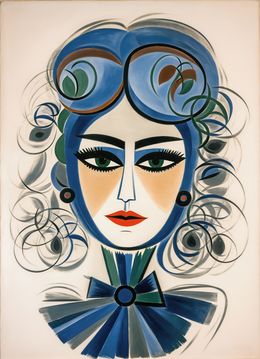

The Curves of Simone
Sephora Venites
Print - 101.6 x 71.1 x 0.3 cm Print - 40 x 28 x 0.1 inch
€2,340
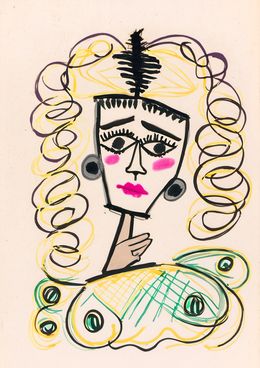
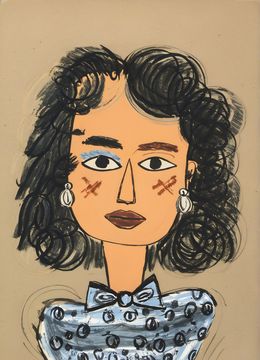
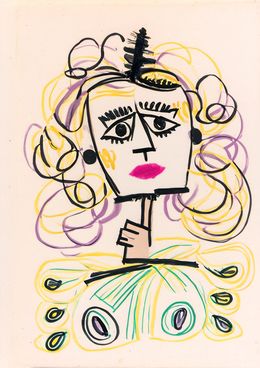
The Masquerade of Self
Sephora Venites
Print - 83.8 x 58.4 x 0.3 cm Print - 33 x 23 x 0.1 inch
€2,430